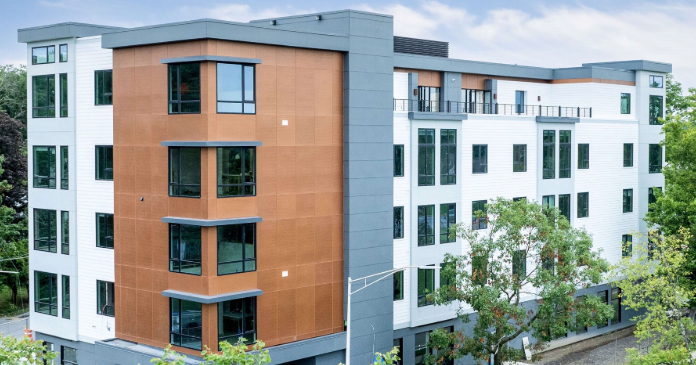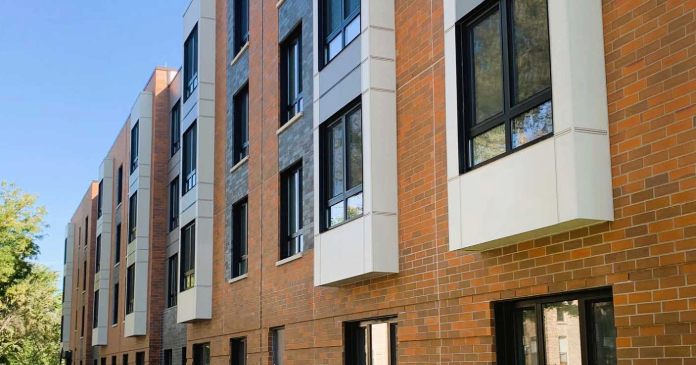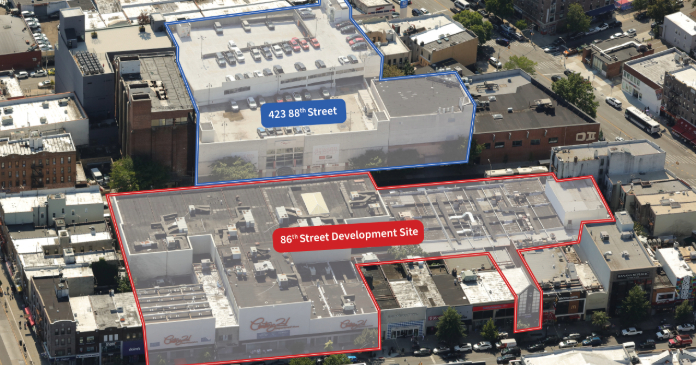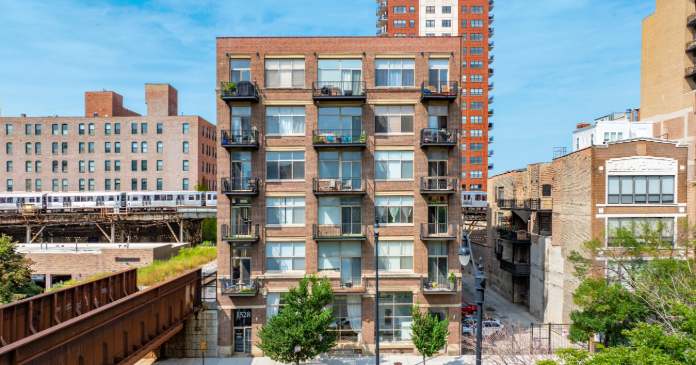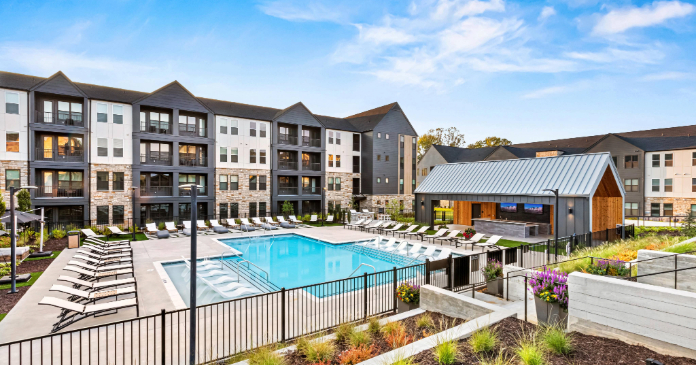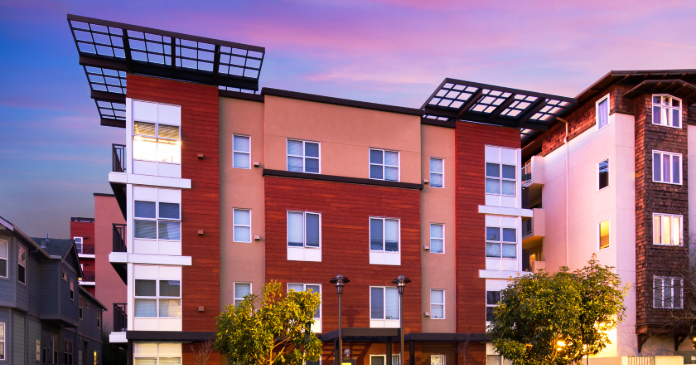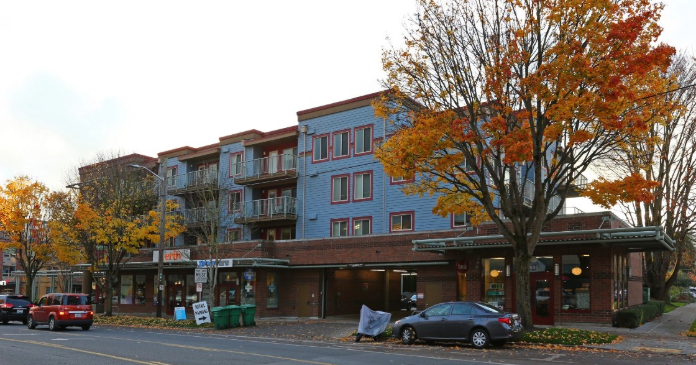Yardi Matrix recently released their mid-year update on the state of the multifamily housing market. It discusses the state of the economy, the impact of anticipated new supply on rents and the impact of the current high interest rates on multifamily property transactions.
Economy shows strength, but signs of slowing appear
The report notes that job growth, the backbone of economic growth, has been strong. Not only have 4 million new jobs been created since the start of 2023, but labor force participation has been rising. Real incomes have been growing, supporting consumer spending.
High interest rates are adding to the incomes of households with accumulated savings. However, they are making homeownership unaffordable to many, locking them into renting and adding to apartment demand.
The report also notes that the benefits of the current economic growth are not being felt uniformly. Signs of stress are appearing, particularly for lower-income people. They are increasingly falling behind on credit card, auto loan and rent payments.
Yardi Matrix expects that inflation will gradually decline in the second half of 2024. However, they also expect economic growth will slow, leading to a decline in job and income growth.
Record deliveries keep pressure on rents
The reports states that apartment absorption is on pace to reach 300,000 units in 2024. However, deliveries are expected to reach 553,000 units. This will put pressure on rents going forward, with Yardi Matrix anticipating 1.7 percent rent growth for the year.
Again, there are wide differences between regions with fast-growing markets in the Sunbelt and the Mountain West receiving disproportionate levels of new supply. Austin, Charlotte and Nashville are all expected to receive deliveries of 7 percent or more of existing supply in 2024. As a result, rents are expected to fall by as much as 4.1 percent in these metros this year.
By contrast, slower growing Midwest and Northeast markets have attracted less new supply and so are in better balance with demand. Metro areas such as Columbus, Northern New Jersey, Kansas City and St. Louis are expected to see rent growth of 2.5 percent or more in 2024.
Because of the recent slowdown in multifamily starts due to high costs and difficult credit conditions, Yardi Matrix expects 2024 to be the high point in product deliveries. The number of new unit deliveries should fall in 2025 and 2026.
Capital landscape shifts
As the hoped-for drop in interest rates this year has not materialized, capital markets remain under stress. This has not yet caused a significant rise in the statistics for non-current multifamily loans as lenders have chosen to extend many loans rather than to foreclose. However, value-add deals that were financed with short-term debt in the 2020 to 2022 timeframe were cited as a potential source of distress.
High and uncertain interest rates have suppressed deal flow with year-to-date transaction volumes down 24 percent from last year.
Capital is available, if expensive. While regional banks may be cutting back their exposure to commercial real estate, Fannie Mae and Freddie Mac are not expected to reach their $70 billion lending allocations this year. Debt funds and CMBS issuance are also filling the funding gap left by the banks stepping back.
The direction that interest rates take will determine the level of transaction activity for the year. The report suggests that if the 10-year Treasury rate, currently around 4.4 percent, drops consistently below 4 percent, that investment activity will pick up.
The report is called U.S. Multifamily Outlook, Summer 2024. It is available here.




